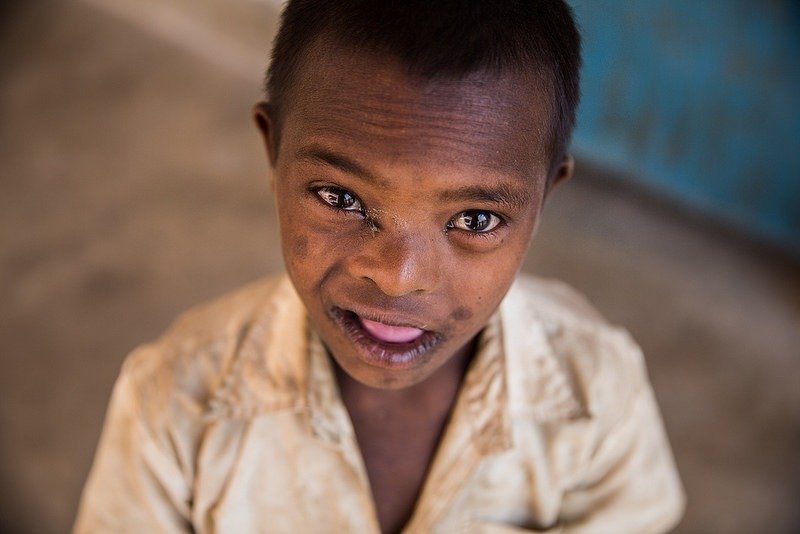Playing and learning at school is still a distant reality for many children living in Eastern India. Instead, children are taught how to extract minerals from neglected mines. Photographer Prem Hessenkamp documented the childhood realities in the villages where child labor, associated with illegal mica mining, is a daily routine.
Mica is a mineral often used in the production of many consumer goods such as car paint, electronics, and make-up products. Although mica substitutes and the legalisation debate came to shake the industry in the 80’s, the mica exploitation saw a new light with China’s economic growth and the demand for natural cosmetics.
The mines, that had closed in the past, started to be reutilised to source big multi-nationals and pathed the way into a whole new black market lead through child labor.
Jharkhand is among the largest exporters of Mica in the world, yet there are no legal mines in Jharkhand
The extraction in India
India is currently one of the largest producers of the precious mineral due to the low labor costs, with the two states of Jharkand and Bihar being responsible for approximately 25% of the world’s production.
It is estimated that around 20,000 children work in the mica mines, with around 90% of the mines being illegal.
The key determinant which forces children to be sent to work in the mines is the absence of schools in many villages and the severe poverty that most Indian families of the region face. Many of the children forced to work are contributing to the majority of the family’s income.

Children run away the moment you approach them. They have been trained to do that, since the mining is illegal.
The parents sending their children to work are aware of the illegality and the extreme dangers implied, however, due to their financial instability they see no alternative.
The reason as to why children are so requested for working in the mines, is because of their small physique. They can easily reach tighter corners and deeper areas. Since larger mica minerals are found in the deeps of the mines, the deeper a child goes the more likely they are to find these prized possessions.
However, it goes without saying that their chances of being buried alive increase.
In 2017, the reality of the life within the mines came to light when a mine collapse killed two children: 12-year-old Laxmi Kumari and 14-year-old Savita Kumari.




Different worlds
Prem Hessenkamp recently documented the two sides of this reality: the villages where children are repeatedly sent into the mines (pictured above) and Child-Friendly Villages (pictured below).
The latter is a project developed by the Child Rights activist and 2014 Nobel Peace Laureate, Kailash Satyarthi, with the purpose of banning child labor and providing education to children under the age of 14 years-old.
These villages teach children not only how to write and read, but also educate them on their rights and urges them to speak up for themselves.







Prem Hessenkamp is a professional photographer based in Delhi, India. He began his career with filmmaking, as it allowed him to explore his creative interests and craft a narrative. He then expanded his craft of storytelling through bracing the shift to photography. Here, Prem faces the challenge of telling a story through just one frame. He is driven by the desire of capturing the perfect picture to tell the perfect story.
To see more of Prem’s work, visit his website or check his Cherrydeck profile here. To see more thought-provoking photography, take a look at this project by Kevin McElvaney. In this case, the photographer documents life in an e-waste land. ?

One thought on “The Right to an Education: Overcoming Child Labor by Prem Hessenkamp”